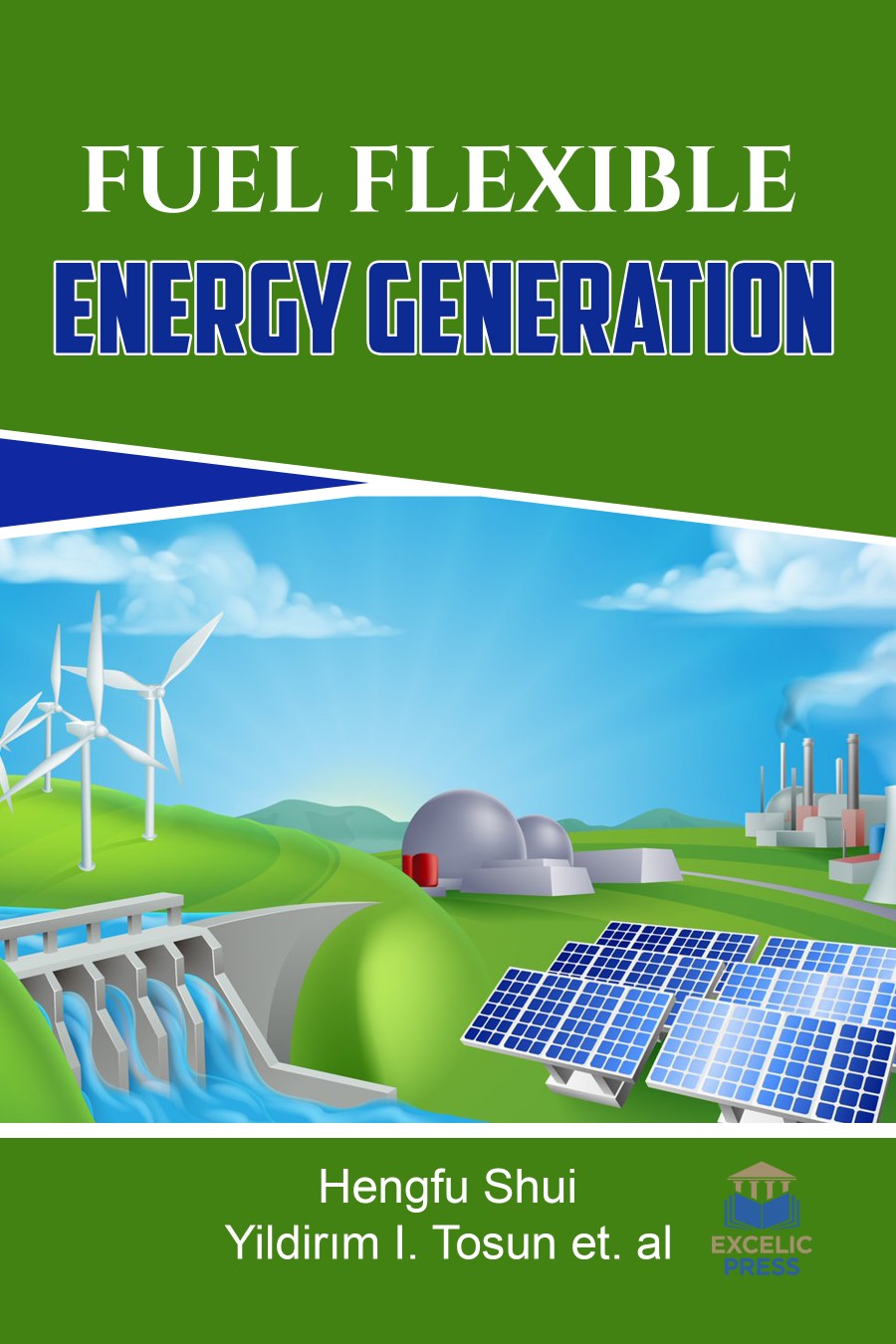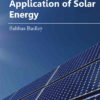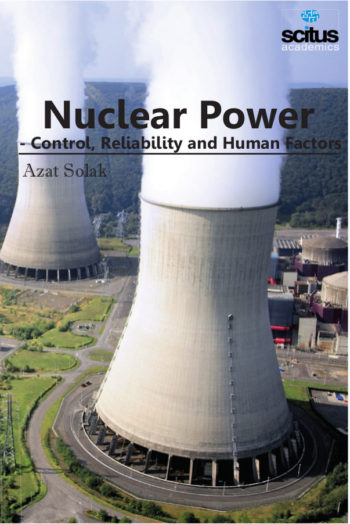The world of power generation is changing at lightning speed. Fuel flexibility is flattering more important in a world of lessening fossil fuel stocks. As a result of huge cost reductions over the last decades, wind and solar power are subsidizing more and more to the decarburization of power systems worldwide. However, given their specific characteristics, these technologies essentially change electricity systems and markets. More variable power production increases the flexibility requirements placed on the overall power system, both on the supply and demand sides. To keep the lights on in today’s power systems, flexible generation is vital. Agile capacity is required, for instance, to shave peaks in electricity demand and to complete gaps of wind and solar output.
Fuel Flexible Energy Generation is packed with up-to-date information on fuel flexibility across all potential fuel types covering detailed treatment of the technology being developed to allow for fuel flexibility. This work presents an exploration of fuel flexibility issues, their significance in the context of power plant design and operation and details of some recent research seeking to address them. It includes studies on the relationship between fuel particle size and burn-out duration, gas-phase potassium release from biomass materials during combustion, variability in biomass ash composition and nitrogen release patterns from fuels in high temperature combustion. The contributed chapters are written by renowned experts and authors in the field who discuss the kinds of fuels which can be castoff in fuel flexible energy generation ranging from solid fuels to biomass fuels, the provision of fuels to be used in fuel flexible operations and burning and renovation technologies.
This book covers comprehensive information valued for advanced graduate students as well as for those who work in the fuel industry, and academics working in engineering departments on energy generation.













